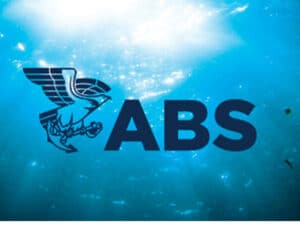
Navy scientists look to reinvent the gas turbine
Written by Nick Blenkey NOVEMBER 2, 2012 — The U.S. Navy is looking to reinvent the gas turbine and make it less fuel thirsty. Scientists at the Naval Research Laboratory (NRL) are studying the complex physics of Rotating Detonation Engines (RDEs).
NOVEMBER 2, 2012 — The U.S. Navy is looking to reinvent the gas turbine and make it less fuel thirsty. Scientists at the Naval Research Laboratory (NRL) are studying the complex physics of Rotating Detonation Engines (RDEs).
Current gas turbines use the Brayton thermodynamic cycle, where air is compressed and mixed with fuel, combusted at a constant pressure, and expanded to do work for either generating electricity or for propulsion. To significantly improve the performance of gas-turbine engines, researchers need to look beyond the Brayton cycle to explore alternative and possibly more innovative cycles.
NRL researchers believe that one attractive possibility is to use the detonation cycle instead of the Brayton cycle for powering a gas-turbine. Researchers have been looking at detonation cycle engines for at least 50 years and NRL has been on the forefront of this research for the last decade. It has been a major player in developing Pulse Detonation Engines (PDEs).
The Rotating Detonation Engine (RDE) is an even more attractive and different strategy for using the detonation cycle to obtain better fuel efficiency. NRL researchers have constructed a model for simulating RDEs using earlier work done on general detonations, as a foundation.
NRL researchers believe that RDEs have the potential to meet 10 percent increased power requirements as well as 25 percent reduction in fuel use for future Navy applications. Currently there are about 430 gas turbine engines on 129 U.S. Navy ships. These engines burn approximately $2 billion dollars worth of fuel each year. By retrofitting these engines with the rotating detonation technology, researchers estimate that the Navy could save approximately $300 – 400 million a year.
Like PDEs, RDEs have the potential to be a disruptive technology that can significantly alter the fuel efficiency of ships and planes. However, there are several challenges that must be overcome before the benefits are realized, explains explains Dr. Kazhikathra Kailasanath, who heads NRL’s Laboratories for Computational Physics and Fluid Dynamics.
NRL scientists are now focusing their current research efforts on getting a better understanding of how the RDE works and the type of performance that can be actually realized in practice.





Leave a Reply
You must be logged in to post a comment.